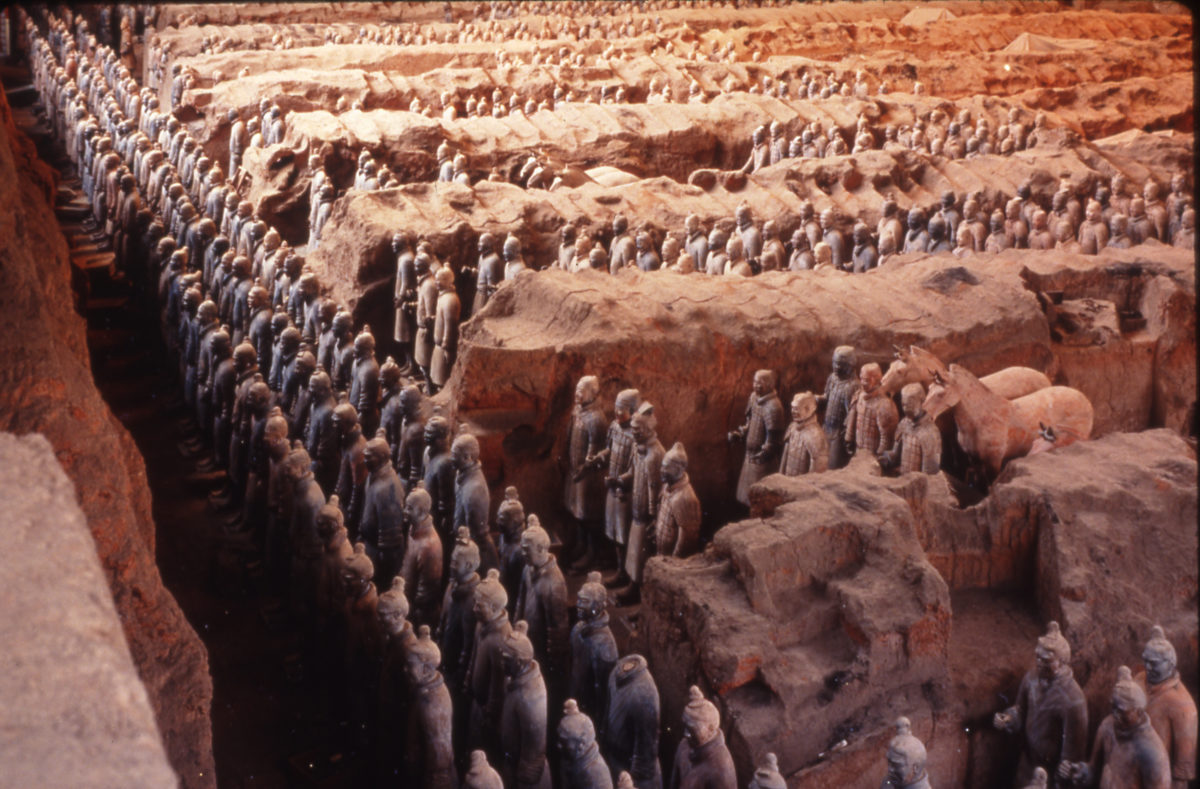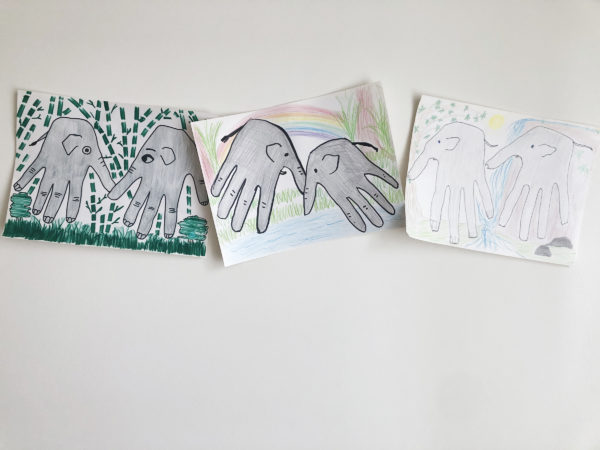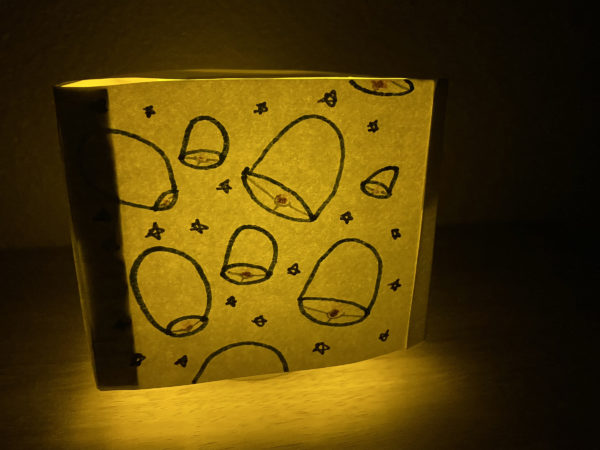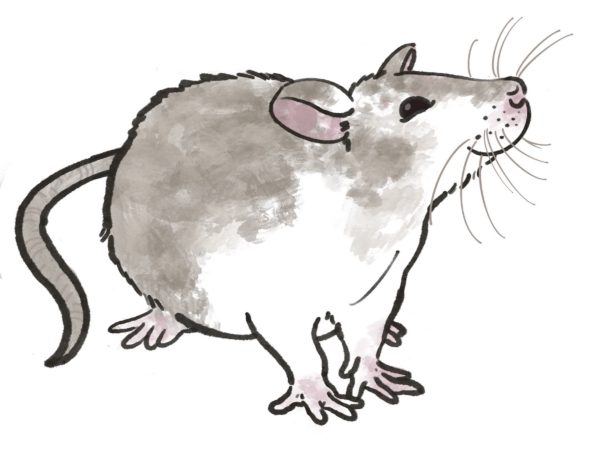All the major dynasties, beginning with the Han dynasty (206 BCE–220 CE) kept historical records, documenting everything up until that time. These official histories were the primary source for Chinese history until a century ago. During the Song dynasty (960 CE–1279 CE), there was a serious effort to study the past (jinshixue – literally ”metal/stone study”) through objects and related texts. This resulted in a number of catalogues, including the first classification of ancient bronzes. Modern archaeology got underway in the late 19th century with the discovery of oracle bones, leading to the excavation of the Shang dynasty (ca. 1300–ca. 1050) tombs at Anyang. The writing on the oracle bones verified the existence of the Shang kings, which had been chronicled in the ancient historical texts. Since then, there has been a close relationship between the study of textual sources and archaeology.
Unlike other countries, China never had a huge influx of foreign archaeologists, with the notable exception of Swedish geologist, Johan Gunnar Andersson (1874–1960). He was involved in the famous discovery of homo erectus fossils at the cave of Zhoukoudian, southwest of Beijing, and excavated the site of Yangshao in Henan, one of the major cultural groups of the early Neolithic. The Academia Sinica, founded in 1928, excavated most of the tombs at Anyang, but moved to Taiwan in 1949 when the Nationalists were defeated by the Communists. Two institutions that took its place were the Bureau of Cultural Relics and the Institute of Archaeology. From 1962–82, the Institute was headed by Xia Nai. During his tenure, archaeologists began to interpret finds on the basis of type (building a chronological sequence on the basis of changes in the physical features of what one finds). Work was primarily concentrated on the Yellow river area, and interpretation followed the Marxist view of history. Recent Chinese archaeology has de-emphasized Marxist ideological concerns in favor of a more regional focus, with new areas of research focusing on the east coast, Sichuan province and the lower Yangzi region. Current archaeology has been advanced by the lifting of rules barring foreign archaeologists from working in China. However, the pace of industrial and economic development in China has escalated, resulting in increased rescue archaeology–rushing in to salvage what has been unearthed through building projects and trying to study as much as one can while temporarily abating development.







